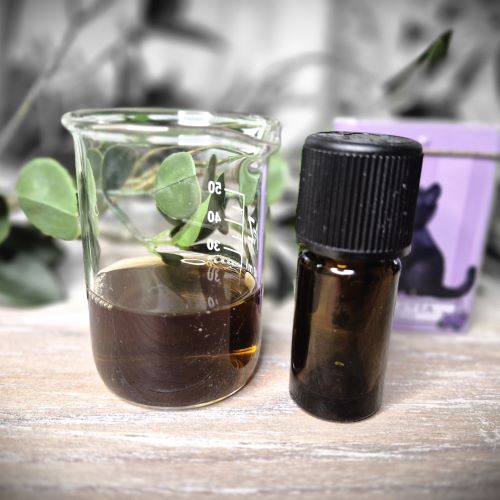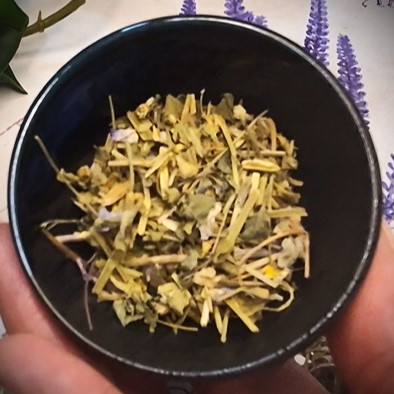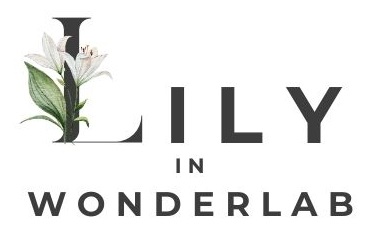Wild pansy (Viola tricolor) is one of those plants that seems to carry a whisper of ancient herbal wisdom in its soft, heart-shaped leaves and delicate, colorful petals. I’ve always found it enchanting, not just to look at, but also for what it can do in skincare.
Wild pansy has so much to offer. It's known for anti-aging properties, its ability to boost skin hydration, and its calming effect on irritated skin.
But how effective is this botanical gem, really? I wanted to know more, so I did some digging. In this post, I’ll share how to make your own wild pansy extract at home and take you through what I discovered while studying this plant, so we can truly understand what it brings to a formula.
Let’s get into it, because knowing what you’re extracting is just as important as knowing how to extract it.
What You Extract Depends on the Solvent: Water, Glycerin and Alcohol (Ethanol)
One thing I’ve learned over the years is that the solvent you choose makes all the difference. Different solvents pull out different compounds and that means different benefits on your skin.
Here I’ll focus on three options that work beautifully with wild pansy and are commonly used in natural skincare.
50% Water / 50% Glycerin
This is the perfect option for a gentle, alcohol-free extract that focuses on hydration and barrier support. This blend is especially effective at extracting:
- Mucilage polysaccharides (amazing for hydration)
- Cyclotides, which are tiny peptides with anti-inflammatory effects
- Some flavonoid glycosides, including rutin
What you get is a beautifully soothing extract that supports moisture retention and skin comfort.
Ideal for: soothing creams, hydrating serums, and baby-care products
Dosage: 2–4%
Preservation: It's mildly self-preserving thanks to the glycerin, but I still recommend adding 0.6% Cosgard or another broad-spectrum preservative just to be safe.
50% Water / 50% Alcohol (Ethanol)
This combo unlocks a different set of actives. More potent and better suited to adult or demanding skin types. With this method, you extract:
- Flavonoids in their more active forms
- Phenolic acids like salicylic and caffeic acid
- Coumarins
- Antioxidant compounds
The result? A more stimulating, antioxidant-rich extract that can gently support cell turnover and calm inflamed or reactive skin. Also, inhibits collagenase, the enzyme that breaks down collagen.
Ideal for: calming toners, anti-wrinkle cosmetics, eye creams, mature skin formulas
Dosage: 2–4%
33% Water / 33% Glycerin / 33% Alcohol
Can’t decide? Go for balance. This solvent trio captures the full spectrum of Viola tricolor's benefits in one extract. You’ll get hydration, soothing effects and antioxidants all in one bottle. Not as potent as the hydroalcoholic extract, but with more hydrating properties and less alcohol.
Ideal for: all-purpose calming or anti-aging skincare
Dosage: 2–4%

Understanding the Real Benefits of Wild Pansy Extract
Let’s take a deeper look into what this little flower really offers, based on what each extract brings out:
Hydration and Barrier Support (Hydroglycerin extract)
Thanks to the mucilage polysaccharides and glycosides it contains, wild pansy extract helps the skin retain water, promoting longer-lasting hydration.
Use it in: moisturizers, facial creams, soothing lotions
Dosage: 2–4%
Anti-inflammatory and Soothing Effects (Water-alcohol extract)
This is where things get interesting. Cyclotides, those unique water-soluble peptides found in wild pansy, have been shown to reduce inflammatory cytokines. And flavonoids like rutin, as well as phenolic acids, offer calming effects when extracted in an alcohol blend.
Together, these elements provide a soothing action that’s perfect for:
- Redness
- Irritation
- Skin that's sensitive after sun exposure
Use it in: after-sun products, calming masks, barrier-repair creams
Dosage: 3–4%
Antioxidant and Anti-aging Benefits (Hydroalcoholic extract)
If you’re formulating anti-aging cosmetics, this is where the extract really shines.
Flavonoids like rutin especially in their alcohol-extracted form are known to:
- Penetrate the skin well
- Inhibit collagenase (the enzyme that breaks down collagen)
- Reduce oxidative stress
Use it in: eye creams, antioxidant serums, anti-age cosmetics.
Dosage: 2–4%
Mild Keratolytic and Purifying Action (Hydroalcoholic extract)
Here’s something important I found in my studies. Wild pansy is often said to contain salicylic acid, and it does, but only in small amounts (less than 0.5% of the plant). If your extract makes up 2–5% of a formula, the final salicylic acid concentration is quite low and not enough to cause exfoliation or deep pore-cleansing effects.
That said, thanks to the combination of Salicylates, Tannins and Saponins, it still has a mild clarifying and purifying effect, which is beneficial for oily or combination skin. It also has light antimicrobial properties that help support blemish-prone skin without the harshness of stronger exfoliants.
✨ Use it in: purifying toners, clarifying lotions
💧 Dosage: 5%
But let’s be clear: wild pansy’s real strength isn’t exfoliation: it’s hydration, soothing, and anti-age support.
If you're looking for a natural extract with a truly functional amount of salicylic acid derivatives, wild pansy isn’t your best source. For a more effective purifying or exfoliating action, go for Salix nigra (black willow bark) or another Willow Bark Extract. These extracts are rich in natural salicylates, which the skin can convert into salicylic acid, offering a gentle yet active exfoliating effect, perfect for blemish-prone skin.

How to Make Wild Pansy Extract
This is where the fun begins, extracting your own wild pansy at home!
Step 1: Pick Your Solvent
Choose one of the three blends above depending on your skin or formulation goals.
Step 2: Measure Your Ingredients
For example, to make 100g of a hydroalcoholic extract:
- 50g water
- 50g ethanol (alcohol)
You’ll need about 15–20g of dried wild pansy for this amount.
Step 3: Add the Plant
Place your dried wild pansy in a clean glass jar and pour in the solvent. Make sure the herb is completely submerged.
Tip: If the herb is too coarse, give it a quick whirl in a grinder before adding the solvent. It improves extraction. However, don’t overdo it or will be difficult to strain!
Step 4: Let It Sit
Seal the jar and let it macerate in a cool, dark place for 2–3 weeks. Give it a gentle shake every day or two.
Step 5: Filter & Store
Strain the liquid through a mesh and then a paper filter for clarity (repeat 2 or more times if needed). Store your extract in a dark glass bottle, label it with the date and keep it in the fridge if you can. It will stay good for up to a year! Use at 2-5%.

